Resources
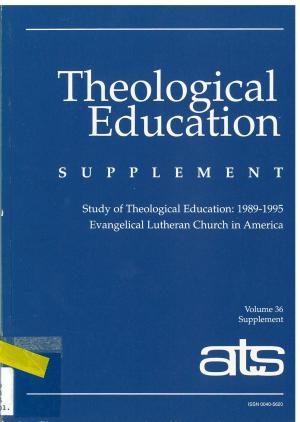
Journal Issue. Full text is available online.
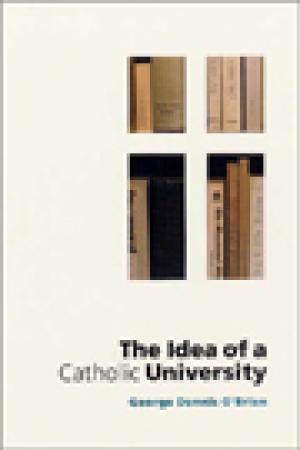
George Bernard Shaw thought that a Catholic university was a contradiction in terms--"university" represents intellectual freedom and "Catholic" represents dogmatic belief. Scholars, university administrators, and even the Vatican have staked out positions debating Shaw's observation. In this refreshing book, George Dennis O'Brien argues that contradiction arises both from the secular university's limited concept of academic freedom and the church's defective notion of dogma. Truth is a central concept for both university and church, and O'Brien's book is built on the idea that there are different areas of truth--scientific, artistic, and religious--each with its own proper warrant and "method." In this light, he argues that one can reverse Shaw's comparison and uncover academic dogma and Christian freedom, university "infallibility" and dogmatic "fallibility." Drawing on theology and the history of philosophy, O'Brien shows how religious truth relates to the work of a Catholic university. He then turns to the current controversies over Pope John Paul II's recent statement, Ex Corde Ecclesiae, which seeks to make Catholic universities conform to the church's official teaching office. O'Brien rejects the conventional "institutional-juridical" model used by the Vatican as improper both to faith and academic freedom. He argues for a "sacramental" model, one that respects the different kinds of "truth"--thus preserving the integrity of both church and university while making their combination in a Catholic university not only possible but desirable. O'Brien concludes with a practical consideration of how the ideal Catholic university might be expressed in the actual life of the contemporary curriculum and extracurriculum. For anyone concerned about the place of religion in higher education, The Idea of a Catholic University will be essential reading. (From the Publisher)
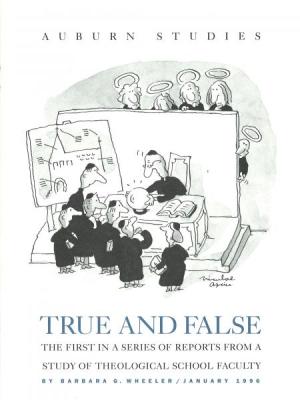
This first report of The Auburn Center's study of theological school faculty addresses four key issues which are central for understanding the current state of theological faculty: retirement and replacements, morale, women on theological faculties, and scholarship and church service. Bulletin No. 4 (January, 1996) of the Auburn Center's occasional research bulletin. Auburn Studies. (From the Publisher)
Of all America's religious traditions, the author writes, evangelical Protestantism, at least in the twentieth-century conservative forms, has long ranked "dead last in intellectual stature." Now evangelical thinkers are trying to revitalize their tradition. Can they turn an intellectual backwater into an intellectual beacon?
This report examines the potential revolution in U.S. higher education public policies that require improved student learning. This revolution includes numerous teaching innovations activities that were initiated and sustained by external pressures and politically astute reformers. The report notes the criticism of U.S. elementary and secondary education and discusses how that criticism has spilled over into higher education. It examines reports which present the view that higher education is in deep need of reform. Faced with externally driven assessment and accountability movements, reformers have contended that the way to protect institutional autonomy from encroachment by external agencies is to focus on the importance of teaching and learning. Brief excerpts are presented from six voices of reform (Alexander Astin; Derek Bok and Richard Light; Ernest L. Boyer; K. Patricia Cross; and Lee Shulman) that highlight their vision of how to improve teaching and learning. Understanding that the assessment movement began as a drive for accountability at the national and state levels, rather than as local campus initiatives to improve teaching and learning, the paper offers insights on why major reform efforts were framed as demands that colleges and universities show better performance. The report concludes by examining the dilemmas that educational reformers face.
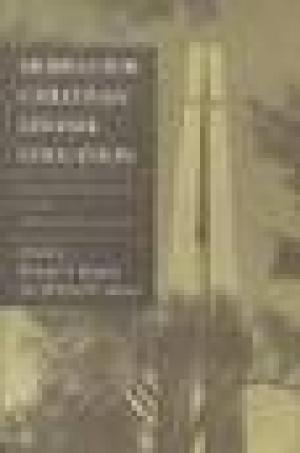
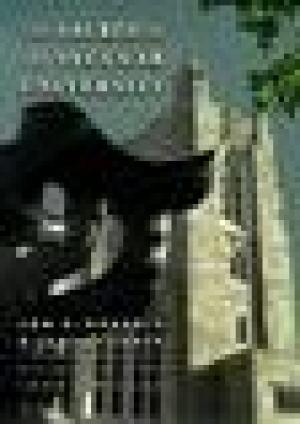
American higher education was transformed between the end of the Civil War and the beginning of World War I. During this period, U.S. colleges underwent fundamental changes--changes that helped to create the modern university we know today. Most significantly, the study of the sciences and the humanities effectively dissolved the Protestant framework of learning by introducing a new secularized curriculum. This secularization has long been recognized as a decisive turning point in the history of American education. Until now, however, there has been remarkably little attention paid to the details of how this transformation came about. Here, at last, Jon Roberts and James Turner identify the forces and explain the events that reformed the college curriculum during this era. The first section of the book examines how the study of science became detached from theological considerations. Previously, one of the primary pursuits of "natural scientists" was to achieve an understanding of the workings of the divine in earthly events. During the late nineteenth century, however, scientists reduced the scope of their inquiries to subjects that could be isolated, measured, and studied objectively. In pursuit of "scientific truth," they were drawn away from the larger "truths" that they had once sought. On a related path, social scientists began to pursue the study of human society more scientifically, attempting to generalize principles of behavior from empirically observed events. The second section describes the revolution that occurred in the humanities, beginning in the mid-nineteenth century, when the study of humanities was largely the study of Greek and Latin. By 1900, however, the humanities were much more broadly construed, including such previously unstudied subjects as literature, philosophy, history, and art history. The "triumph of the humanities" represented a significant change in attitudes about what constituted academic knowledge and, therefore, what should be a part of the college curriculum. The Sacred and the Secular University rewrites the history of higher education in the United States. It will interest all readers who are concerned about American universities and about how the content of a "college education" has changed over the course of the last century. (From the Publisher)
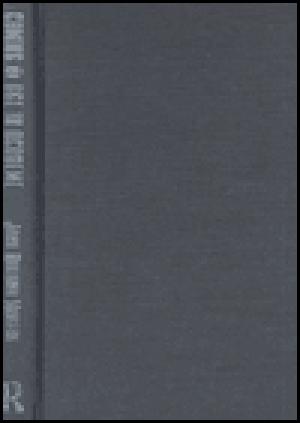
At what price entry? Philosopher of education Jane Roland Martin contends that feminist scholars have traded in their idealism for a place in the academy. In Coming of Age in Academe, she looks at the ways that academic feminists have become estranged from women. Determining that this is the "membership fee" the academy exacts on all its members, she calls for the academy's transformation. Part one explores the chilly research climate for feminist scholars, the academic traps of essentialism and aerial distance, and the education gap in the feminist text. In part two, Martin likens the behavior of present-day feminist scholars to nineteenth-century immigrants to the United States and examines their assimilation into the world of work, politics and the professions. She finds that when you look at higher education, you see what a brutal filter of women it is. Part three highlights the academy's "brain drain" and its containment of women and then proposes actions both great and small that aim at fundamental change. In this rousing call to action, Martin concludes that the dissociation from women that the academy demands--its "entrance fee"--can only be stopped by radically reforming the gendered system on which the academy is based. (From the Publisher)
This report provides an evaluation of the research and conversations on religion and higher education that the Lilly Endowment has sponsored. Chief among the report's findings is the emergence of a movement to revitalize religion in higher education that gathered momentum in the 1990s.
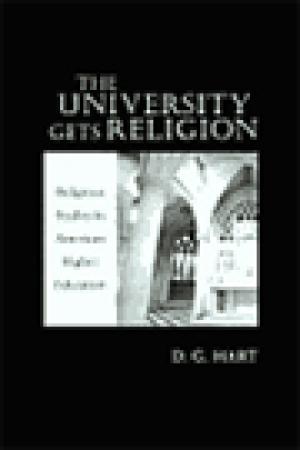
In The University Gets Religion: Religious Studies in American Higher Education, historian D. G. Hart examines the rise of religion to its current place as one of the largest academic disciplines in contemporary higher education. Protestant ministers and faculty were especially influential in arguing for the importance of religion to a truly "liberal" education, staffing departments and designing curricula to reflect their own Protestant assumptions about the value of religion not just for higher education but for American culture in general. Though many educators originally found religion too sectarian and unscientific for colleges and universities, religious studies nevertheless emerged after World War II as a crucial element of a liberal education. But the success of mainstream Protestantism in fostering the academic study of religion has become the field's greatest burden. Over the last twenty-five years, religion scholars have distanced themselves from traditional Protestant orientations while looking for topics better suited to America's cultural diversity. As a result, religion is in the awkward position of being one of the largest scholarly disciplines while simultaneously lacking a solid academic justification. It may be time, Hart argues, for academics to stop trying to secure a religion-friendly university. The first sustained history of the academic study of religion at American universities, The University Gets Religion: Religious Studies in American Higher Education is a timely book that explores the present-day implications of religious studies' Protestant past. (From the Publisher)